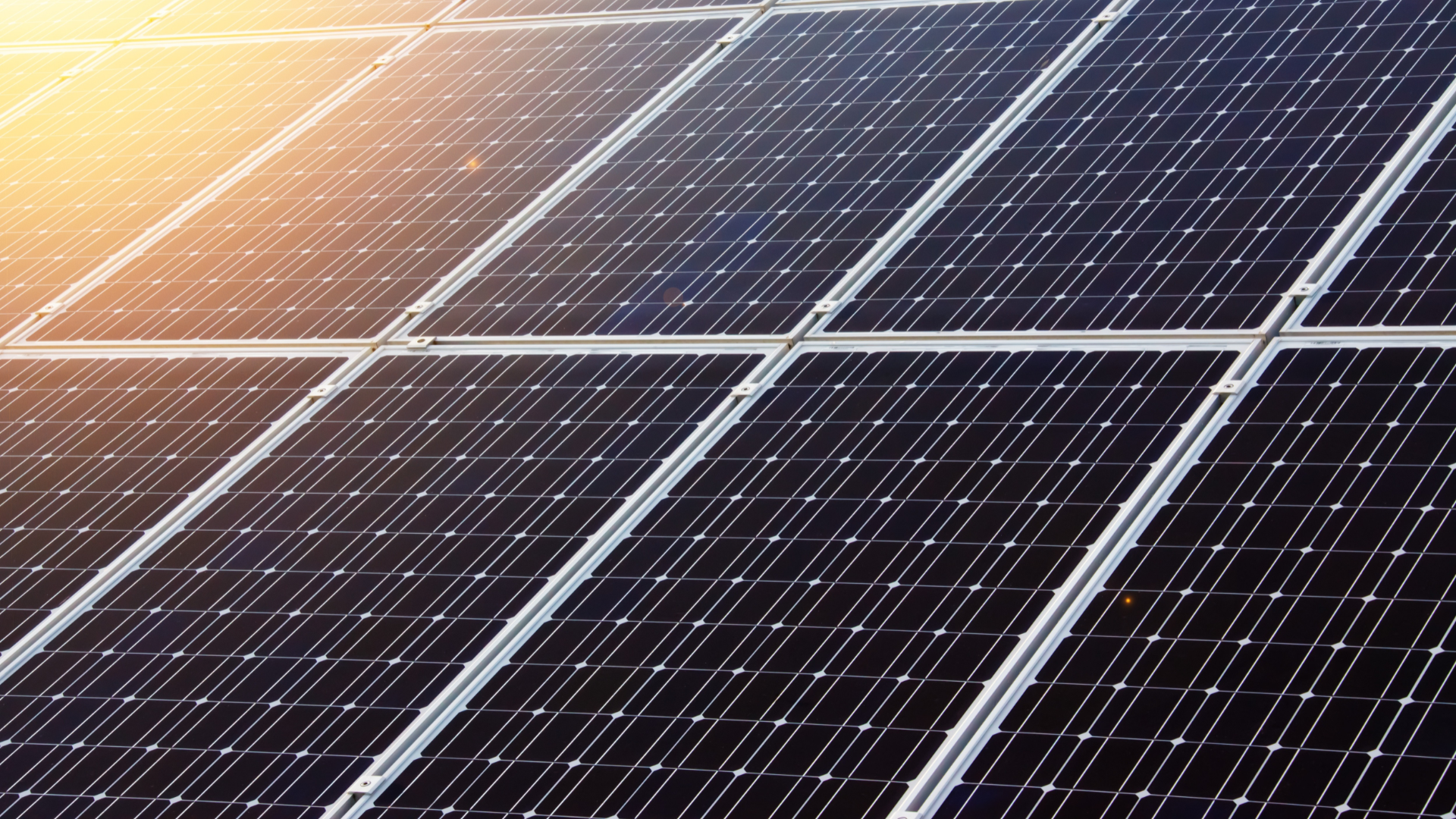Transition to renewable and sustainable energies
With the aim of decarbonizing its activities and in line with the actions already underway to develop new glass furnace technologies, Verallia is rethinking its energy mix with increased use of renewable and low-carbon energies. Why is this key? Reducing Verallia’s environmental footprint will necessarily involve adjusting manufacturing processes, which are currently very gas-intensive, and implementing renewable and sustainable energies aimed at limiting CO2 emissions.

The principles chosen: pragmatism and agility
All energy solutions are being considered to optimize the energy mix: carbon-free electricity (photovoltaic, wind, hydro, nuclear, etc.), biofuels (biogas, BHO or heavy biofuel, syngaz, bio-ethanol, etc.) or green hydrogen. Verallia does not rule out any of these technologies. On the contrary, the Group wants to be able to use all solutions, as long as they provide a significant environmental advantage and make sense locally. Because it is the second principle that guides this reflection: by refusing the use of a single solution valid for all regions and all factories, each production unit will be provided with the low-carbon energy best suited to its context. Indeed, these different energies will not be available simultaneously at all the Group’s sites. For example, in Germany, while it makes sense to study a green hydrogen solution (produced with carbon-free electricity) for a plant located in the Ruhr Valley – where the first hydrogen pipelines are expected to be established under pressure from existing heavy industries – in a more rural environment, biomass-based solutions seem much more promising.
How do we proceed?
Verallia has chosen to keep all the expertise around combustion systems in-house, and the Group is thus full autonomous to develop alternative to fossil fuels. Combining the expertise of a central team and local resources, project teams study different types of technical solutions, sometimes with the help of external partners. For example, work is being carried out on BHO (Bio Heavy Fuel) in several of the group’s plants, after an initial project launched with the help of a university. During these experiments, the impacts on the environment, energy consumption, the durability of the furnace, the quality of the glass, etc., are all evaluated. We also address topics related to process management, combustion control, the complexity of implementation, etc. A permanent monitoring system (new energy technologies, start-up ecosystems, national and international regulations) has also been set up to make sure no possible solution would be missed.
The need for a long-term vision
Once the feasibility study has been carried out, the question arises, fraught with economic stakes, of sourcing (terms of access to this new energy). How can we obtain this energy (renewable electricity as well as bio-fuel) with a commitment from our suppliers on the duration, on quality, on cost, and on compliance with regulations. When signing 10-year supply contracts (as this is often the case with Power Purchase Agreements), these elements are important. This is the whole issue of distribution and regulation, for which a Group of Verallia’s stature needs long-term visibility. We are thus developing for each energy and country by country sourcing strategies adapted to each market specificities.
Thanks to this comprehensive and agile strategy, 59% of the electricity consumed at Verallia in 2023 was renewable or low carbon, and the Group is on track to reach its objective of CO2 reduction of 46% in 2030 vs. 2019, for scopes 1 & 2.